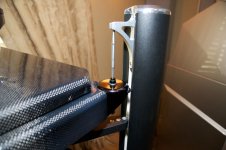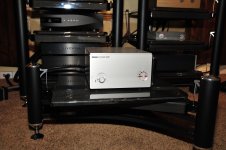u-sound
Active member
Glad you "flew over" it and are laughing about it. I'm glad I could bring some joy into your life. I stand by every word I said with regards to the "triple bonus." Should you choose to think it's funny is your prerogative. It doesn't change the facts though. You also flew over the facts of your system even though I asked and you don't list your gear so that could help put things in perspective.
thx yes, it was some god fun for a minute.....although rack-reviews are sounding always the same (thats the thing that makes me laughing the most).
about "the list", what could that put into perspective?
list-dependent, there is less than a tripple bonus?



